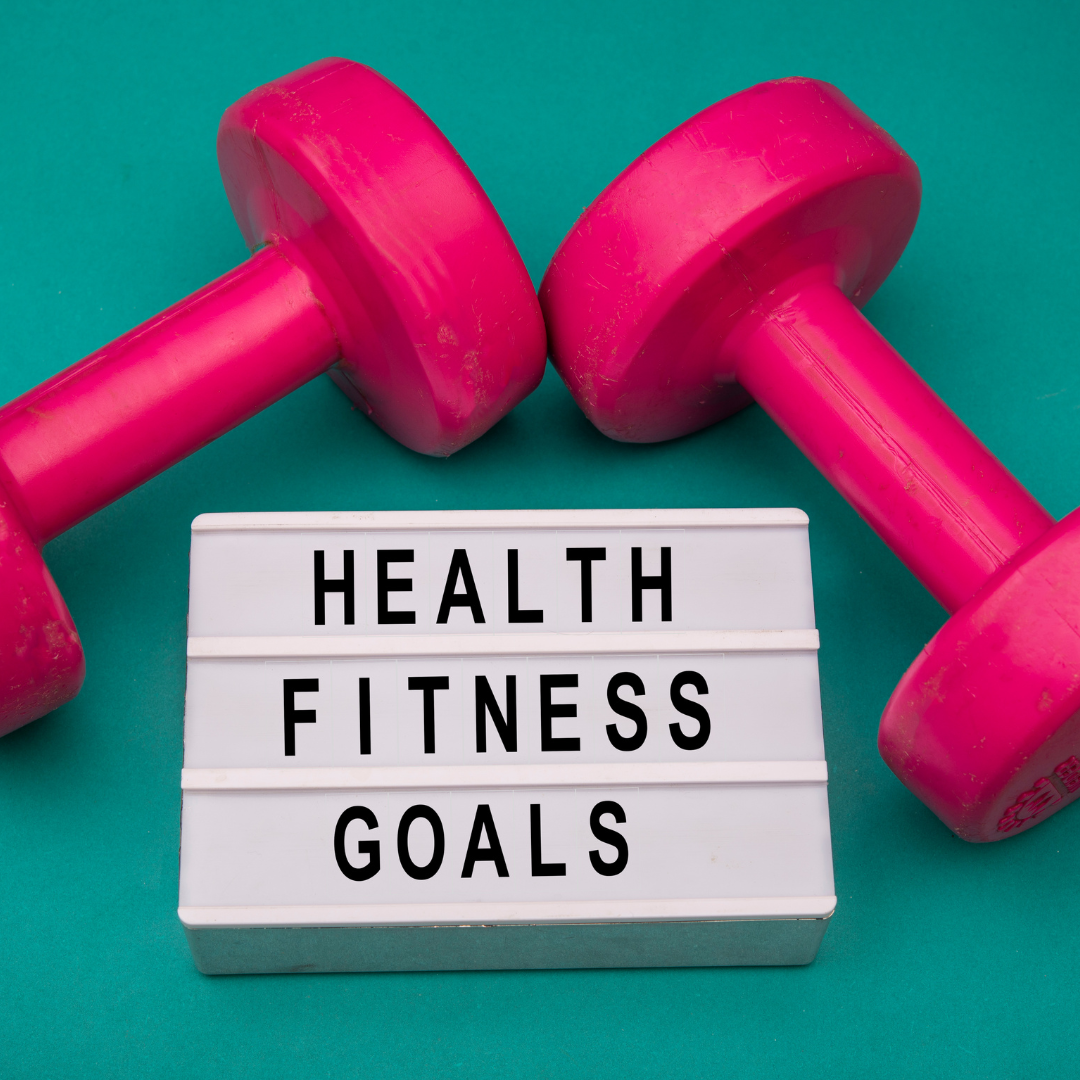Setting SMART Fitness Goals for 2024: A Step-by-Step Guide for Women

Welcome to a brand new year, filled with possibilities and opportunities for personal growth. As we embark on 2024, it’s the perfect time to set intentional fitness goals that align with your unique journey. In this guide, we’ll walk you through the process of creating SMART fitness goals — Specific, Measurable, Achievable, Relevant, and Time-Bound. Tailored for women at different fitness levels, these goals will empower you to make 2024 your healthiest and most active year yet.
Step 1: Specific
Get clear on what you want to achieve. Instead of a vague goal like “get fit,” be specific. For example, aim for “increase cardiovascular endurance by running 3 miles without stopping” or “complete 10 consecutive push-ups.” Specific goals give you a clear target, making it easier to stay focused and motivated.
Example for Beginners:
- “I will incorporate 30 minutes of brisk walking into my daily routine, five days a week.”
Example for Intermediate Level:
- “I will attend three strength training classes per week to improve overall muscle tone and strength.”
Example for Advanced Level:
- “I will participate in a half-marathon within the next six months, following a structured training plan.”
Step 2: Measurable
Establish concrete criteria to track your progress. This could involve time, distance, weight, or repetitions. Measurable goals allow you to celebrate small victories along the way and adjust your plan as needed.
Example for Beginners:
- “I will track my daily steps and gradually increase by 500 steps each week until reaching 10,000 steps a day.”
Example for Intermediate Level:
- “I will increase my maximum squat weight by 10 pounds within the next eight weeks.”
Example for Advanced Level:
- “I will reduce my 5K run time by one minute over the next two months.”
Step 3: Achievable
Set goals that are challenging yet attainable. Consider your current fitness level, schedule, and lifestyle. Unrealistic goals can lead to frustration, while achievable goals build confidence and momentum.
Example for Beginners:
- “I will practice 10 minutes of bodyweight exercises at home three times a week.”
Example for Intermediate Level:
- “I will complete a full-body workout at the gym twice a week, incorporating both strength and cardiovascular exercises.”
Example for Advanced Level:
- “I will participate in a high-intensity interval training (HIIT) class at least once a week to push my limits.”
Step 4: Relevant
Ensure your goals align with your overall health and wellness objectives. Your fitness goals should enhance your life and be meaningful to you personally.
Example for Beginners:
- “I will focus on building core strength to alleviate lower back pain caused by prolonged sitting.”
Example for Intermediate Level:
- “I will prioritize flexibility training to enhance my performance in yoga and prevent injuries.”
Example for Advanced Level:
- “I will integrate mindfulness practices, such as yoga or meditation, to support overall well-being and stress management.”
Step 5: Time-Bound
Set a timeframe for achieving your goals. This helps create a sense of urgency and commitment. Be realistic about the time needed to make progress.
Example for Beginners:
- “I will achieve my goal of walking 10,000 steps a day within the next three months.”
Example for Intermediate Level:
- “I will increase my weekly workout intensity over the next six weeks, aiming for noticeable improvements in strength and endurance.”
Example for Advanced Level:
- “I will complete a half-marathon in five months, following a structured training plan that gradually increases mileage.”
By following the SMART framework, you’re not just setting goals; you’re creating a roadmap for success. Remember to revisit and adjust your goals as needed, celebrate milestones along the way, and most importantly, enjoy the journey towards a healthier and more active you in 2024. Here’s to a year filled with achievements, growth, and well-deserved self-care!
